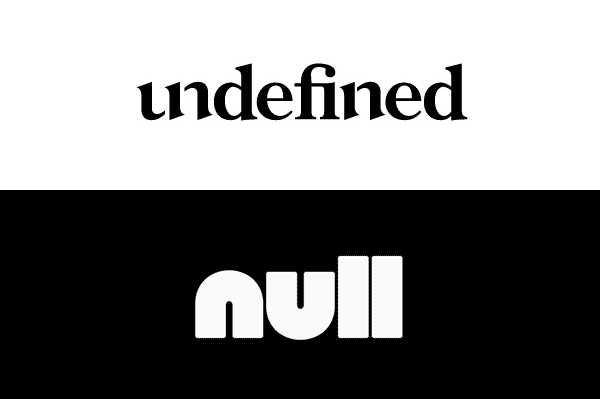
在JavaScript中,将一个变量赋值为undefined或null,老实说,几乎没区别。
var a = undefined; var a = null;面代码中,a变量分别被赋值为undefined和null,这两种写法几乎等价。
undefined和null在if语句中,都会被自动转为false,相等运算符甚至直接报告两者相等。
if (!undefined) console.log('undefined is false'); // undefined is false if (!null) console.log('null is false'); // null is false undefined == null // true上面代码说明,两者的行为是何等相似!
既然undefined和null的含义与用法都差不多,为什么要同时设置两个这样的值,这不是无端增加JavaScript的复杂度,令初学者困扰吗?Google公司开发的JavaScript语言的替代品Dart语言,就明确规定只有null,没有undefined!
null表示"没有对象",即该处不应该有值。典型用法是:
(1) 作为函数的参数,表示该函数的参数不是对象。
(2) 作为对象原型链的终点。
Object.getPrototypeOf(Object.prototype) // nullundefined表示"缺少值",就是此处应该有一个值,但是还没有定义。典型用法是:
(1)变量被声明了,但没有赋值时,就等于undefined。
(2) 调用函数时,应该提供的参数没有提供,该参数等于undefined。
(3)对象没有赋值的属性,该属性的值为undefined。
(4)函数没有返回值时,默认返回undefined。